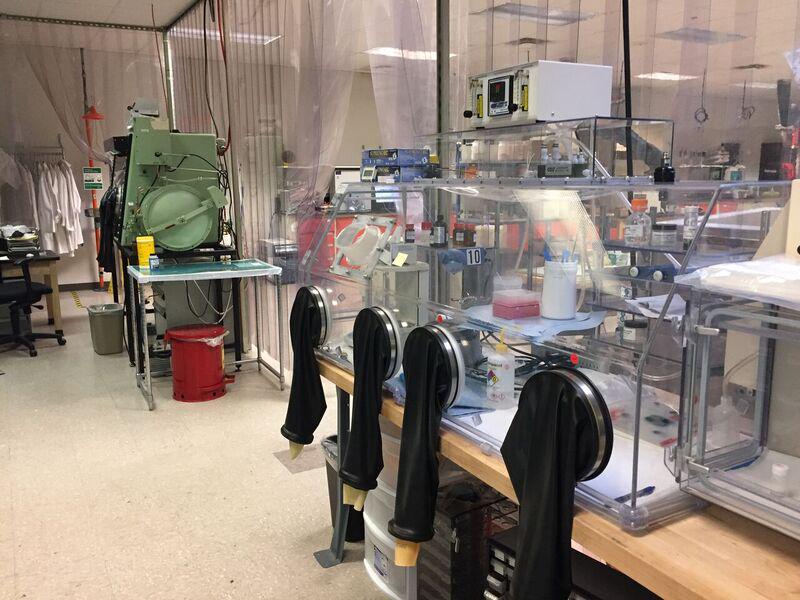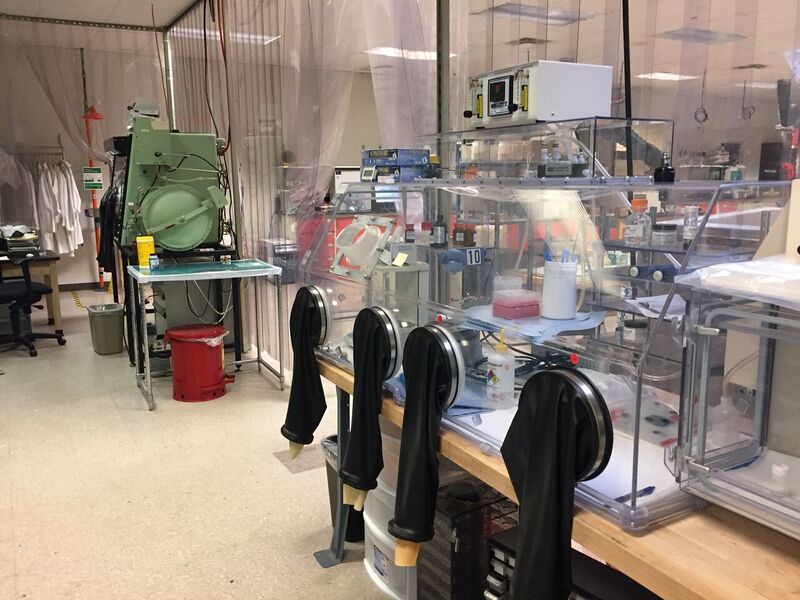The rate at which solar technology is advancing is amazing and sooner than later, consumers will install solar panels that come embedded with a battery storage system—a technology likely to mark Australia’s global first.
Apparently, this new technology allows lamination of batteries on the back of solar panels so as to deliver “in–built” storage, which will also ensure a standardized approach of offering reliable energy day or night to consumers.
This is one of the plans for creating flexible and ultra-thin screen-printed batteries that could become a reality in three years and possibly offer new opportunities for manufacturing. Currently, Tesla and South Australia’s Redflow are the most popular companies providing solar PV and battery solutions, although the batteries come as separate entities. If this idea eventually takes hold, then your solar panel will be manufactured with printed-on storage.
Being flexible, printed batteries can be produced in any shape, hence providing the energy to power wearable technology as well as electronic skin treatment patches. Printed Energy Pty Ltd is the company behind the project and one of the investees of the St Baker Energy Innovation Fund. It will work hand in hand with two of Australia’s top rated universities in the field of energy storage and materials science—the University of Queensland and the University of New South Wales.
Printed Energy is the key financier of the project; availing $1.5 million in direct funding and $6 million in-kind assistance for the project. Futuristically, printed batteries affixed to panels are bound to massively transform the solar sector. Founder of ERM Power and the St Baker Energy Innovation Fund, Trevor St Baker, stated that printed batteries have the potential to transform everyday life.
“Unlike traditional batteries, the printed battery can be any shape required for the specific application, such as wearable electronics and medical and healthcare products such as skin treatment patches,” he said.
“It’s literally the printing of solid state batteries in a thin, flexible format that can be adapted to almost any shape.”
St Baker added that when printed batteries eventuate, they will transform the generation of solar from just a day time energy production to a night time energy delivery. The $12 million project also received a boost; a $2 million grant issued by the Australian Government’s Cooperative Research Centers Projects scheme. Mark Hoffman, the Dean at the University of NSW welcomed the breakthrough saying it was indeed the missing piece of puzzle in the world of renewable energy.
“The world is crying out for storage solutions, and this partnership has the potential to deliver on that urgent need. What’s exciting is that this technology also has immediate applications in wearables and small-scale devices.”
Chris Greig, director of The University of Queensland Dow Centre for Sustainable Engineering Innovation and the UQ Energy Initiative hailed the achievement saying he was really excited at how this new technology would transform the manufacturing industry in Australia.
A Printed Solar Energy laboratory
“This technology represents not just an opportunity for us to be involved in cutting-edge science and innovation, but presents a real opportunity for the next generation of Australian manufacturing.
“Our mission is to foster and facilitate advances in science and engineering which are technologically, economically and socially sustainable. This project fits the bill perfectly and the range of applications is probably only limited by our imaginations,” said Greig.
The University of Queensland’s Dow Center is charged with the responsibility of coordinating the research effort. Since its establishment in 2013, Mr St Baker’s fund has invested over $40 million in the development of similar projects. The application of the technology will first be in small-scale devices, then a roll-out to use it in large-scale development work within three years. The development will rely on proprietary designs provided by Printed Energy.
Following Chief scientist Alan Finkel’s review of the Australian national electricity market, 50 recommendations were made in favor of the immediate upgrade of the country’s electricity grid. In an earlier statement released by the University of NSW, the network is a hugely complex machine encompassing intertwined control centers, computers and a whole 40,000 km of cabling.
“Focused on improving the reliability and security of the grid, the Finkel report notes the rapid investment in storage at grid-scale, including batteries and pumped hydro, in response to high levels of variable renewable electricity.”



